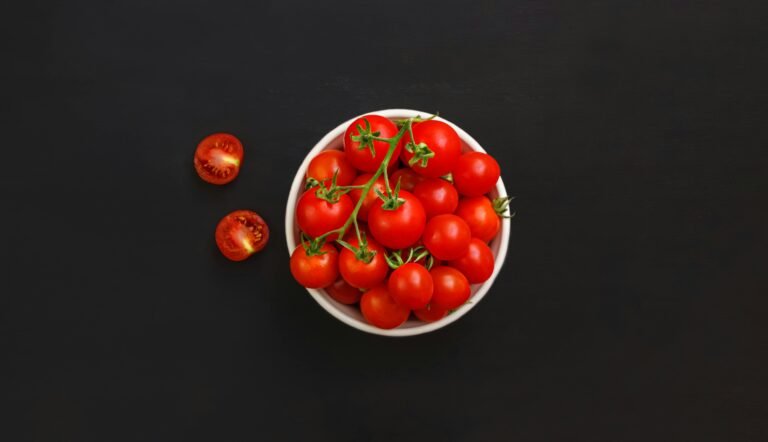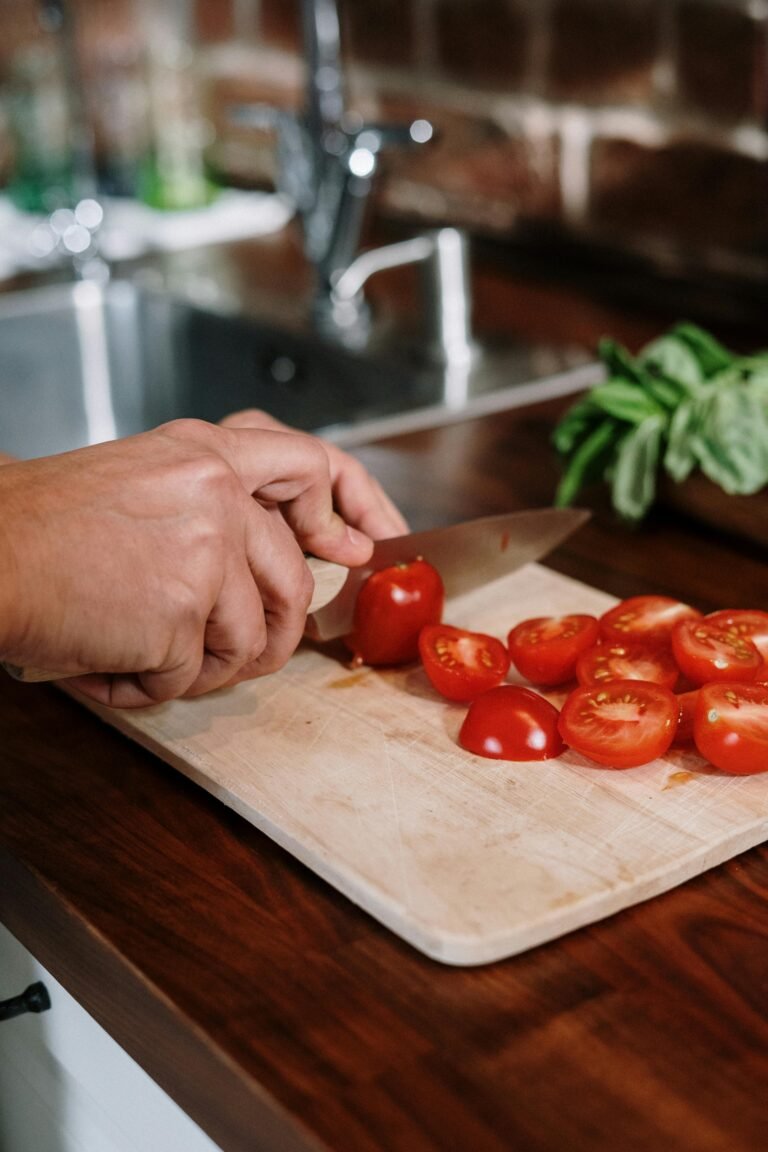Macronutrients, how to break them down to lose weight
 Nutritionist Holly Perkins explains on PopSugar how you can lose weight in absolute health with a correct division of macronutrients. What are macronutrients? In simple terms, these are carbohydrates, proteins and fats to which someone usually adds the share of fiber. Dr. Perkins states that a correct breakdown of macronutrients is that of the Zone diet, which is the 40-30-30 formula: forty percent of our daily diet must be carbohydrates (complex and simple), the rest equally divided between proteins and fats (30 percent each). Only vegetables, which should not be considered carbohydrates, are subtracted from this breakdown. However, it is precisely in the breakdown of macronutrients that most people lose their minds. In fact, if we wanted to take Dr. Perkins’ advice literally , we would in fact have to consider the nutritional values of each food, weigh it by the portion we will eat and make the necessary calculations. Or rely on an app that can “set” the diet according to the distribution 40, 30 and 30.
Nutritionist Holly Perkins explains on PopSugar how you can lose weight in absolute health with a correct division of macronutrients. What are macronutrients? In simple terms, these are carbohydrates, proteins and fats to which someone usually adds the share of fiber. Dr. Perkins states that a correct breakdown of macronutrients is that of the Zone diet, which is the 40-30-30 formula: forty percent of our daily diet must be carbohydrates (complex and simple), the rest equally divided between proteins and fats (30 percent each). Only vegetables, which should not be considered carbohydrates, are subtracted from this breakdown. However, it is precisely in the breakdown of macronutrients that most people lose their minds. In fact, if we wanted to take Dr. Perkins’ advice literally , we would in fact have to consider the nutritional values of each food, weigh it by the portion we will eat and make the necessary calculations. Or rely on an app that can “set” the diet according to the distribution 40, 30 and 30.
However, there is an easier way to break down macronutrients without wasting time and especially neurons
Of these 1500 calories, the breakdown into macronutrients must be as follows:
600 calories must come from carbohydrates (i.e. from pasta, rice, cereals, baked goods, potatoes and fruit, juices)
. Only green leafy vegetables are missing from the carbohydrate count. but not vegetables and carrots.
450 calories must come from protein (i.e. from meat, fish, milk, dairy, cheese and eggs, tofu)
450 calories must come from fat(i.e. from butter, oil, nuts, oilseeds, avocado, olives, cream)
Clearly, the denser the food is in a macronutrient, the easier it is to consider it a fat-only or a protein-only food. Let me give you an example: legumes are vegetable proteins, but they also contain carbohydrates. It becomes difficult to “simplify” them as protein food.
If we want to follow Dr. Perkins’ suggestion, it is better to rely on foods denser than a single macronutrient in the weight loss phase, and therefore exclude legumes, for example, or insert eggs in protein foods while having eggs a percentage of fat ( as well as salmon). The advice is therefore to stick to the foods listed in brackets and prefer a simple but not mortifying cuisine.
If, on the other hand, you want to eat everything but follow this partition, then the My Plate app is the one recommended by Dr. Perkins.
In this way, however, it will be easier to follow Dr. Perkins’ advice without losing your mind and without going too far.





























+ There are no comments
Add yours